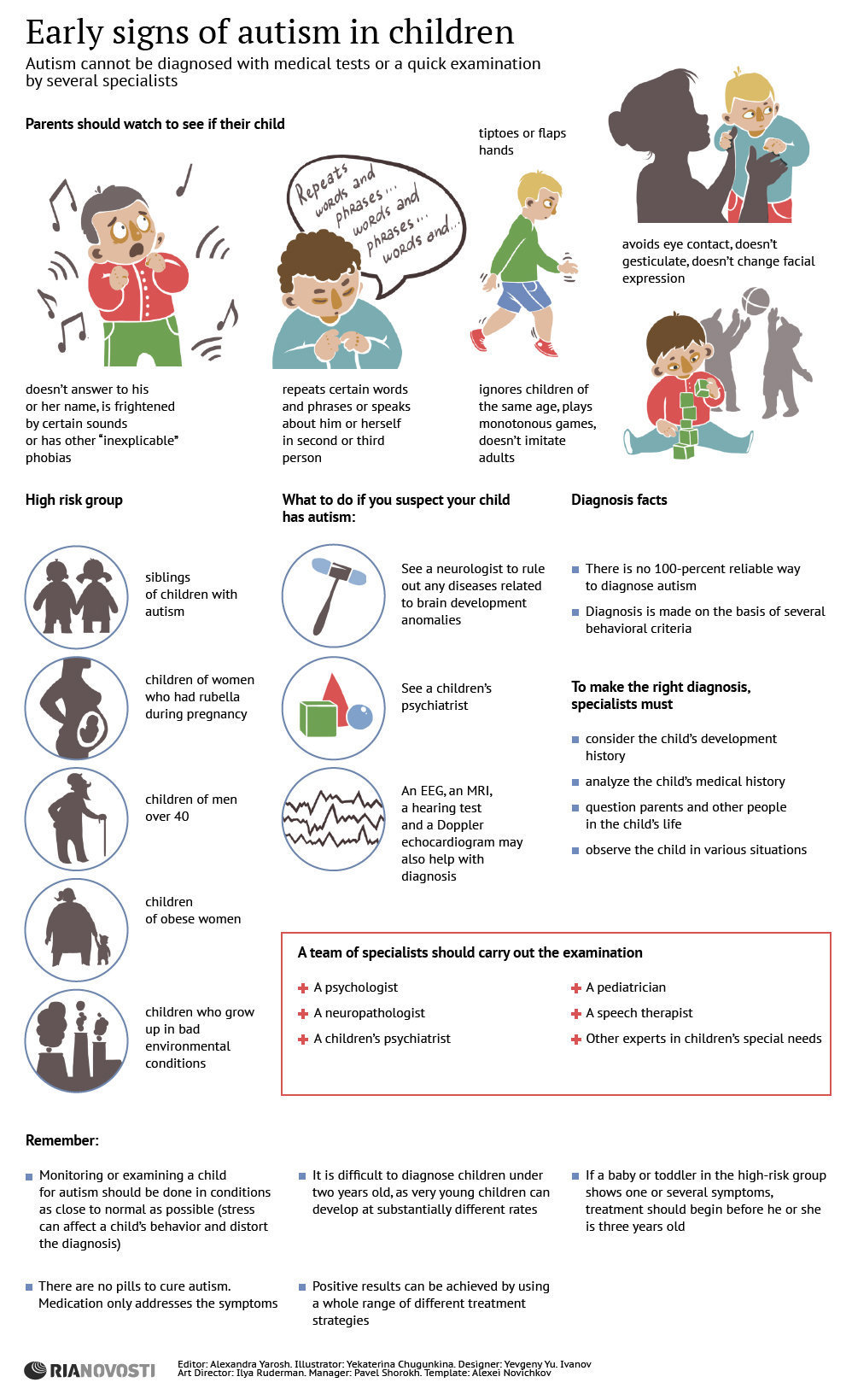What Is Metacognition In Psychology
What Is Metacognition In Psychology
Blog Article
Just How Do Mood Stabilizers Job?
State of mind stabilizers help to relax locations of the brain that are affected by bipolar disorder. These medications are most efficient when they are taken frequently.
It may take a while to discover the appropriate drug that works best for you and your physician will certainly check your condition throughout treatment. This will include routine blood examinations and perhaps an adjustment in your prescription.
Neurotransmitter regulation
Neurotransmitters are a group of chemicals that control each other in healthy and balanced individuals. When levels become unbalanced, this can result in mood conditions like clinical depression, anxiousness and mania. State of mind stabilizers aid to stop these episodes by aiding manage the balance of these chemicals in the brain. They also may be used together with antidepressants to improve their efficiency.
Medicines that function as state of mind stabilizers consist of lithium, anticonvulsants and antipsychotics. Lithium is probably one of the most popular of these drugs and jobs by influencing the circulation of salt via nerve and muscle cells. It is most often made use of to deal with bipolar illness, but it can also be helpful in treating other mood disorders. Anticonvulsants such as valproate, lamotrigine and carbamazepine are also efficient state of mind supporting medicines.
It can take a while to discover the ideal sort of drug and dose for each and every individual. It is necessary to deal with your physician and participate in an open discussion regarding exactly how the medicine is helping you. This can be especially useful if you're experiencing any side effects.
Ion channel modulation
Ion networks are a significant target of state of mind stabilizers and lots of other drugs. It is now well developed that they are vibrant entities that can be regulated by a range of external stimuli. In addition, the inflection of these networks can have a series of temporal impacts. At one extreme, modifications in gating dynamics may be rapid and rapid, as in the nicotinic acetylcholine receptor/channel system. At the various other end of the range, covalent modification by protein phosphorylation may cause modifications in channel function that last much longer.
The area of ion channel inflection is getting in a duration of maturity. Recent researches have actually shown that transcranial focused ultrasound (US) can promote neurons by activating mechanosensitive potassium and salt networks embedded within the cell membrane layer. This was shown by revealed channels from the two-pore domain potassium family members in Xenopus oocytes, and concentrated US dramatically regulated top-rated mental health services for adults the present flowing via these networks at a holding voltage of -70 mV (best panel, relative result). The outcomes are consistent with previous observations revealing that antidepressants affecting Kv channels manage glia-neuron communications to opposite depressive-like behaviors.
Neuroprotection
State of mind stabilizers, like lithium, valproic acid (VPA), and carbamazepine, are vital in the treatment of bipolar illness, which is defined by reoccurring episodes of mania and depression. These medicines have neuroprotective and anti-apoptotic residential properties that assist to prevent mobile damage, and they additionally improve cellular strength and plasticity in inefficient synapses and neural wiring.
These protective activities of state of mind stabilizers may be moderated by their inhibition of GSK-3, inositol signaling, and HDAC task. In addition, long-lasting lithium treatment secures against glutamate excitotoxicity in cultured nerve cells-- a design for neurodegenerative disorders.
Researches of the molecular and cellular results of mood stabilizers have revealed that these medications have a wide range of intracellular targets, consisting of multiple kinases and receptors, along with epigenetic adjustments. Further study is required to determine if mood stabilizers have neurotrophic/neuroprotective actions that are cell kind or circuitry certain, and how these results may enhance the rapid-acting restorative feedback of these agents. This will certainly assist to create new, faster acting, much more reliable treatments for psychological diseases.
Intracellular signaling
Cell signaling is the procedure by which cells interact with their setting and other cells. It entails a sequence of action in which ligands interact with membrane-associated receptors and cause activation of intracellular pathways that control essential downstream cellular features.
Mood stabilizers act upon intracellular signaling through the activation of serine-threonine protein kinases, causing the phosphorylation of substrate healthy proteins. This activates signaling cascades, bring about changes in gene expression and mobile function.
Lots of mood stabilizers (including lithium, valproate and lamotrigine) target intracellular signaling paths by inhibiting certain phosphatases or activating specific kinases. These impacts create a reduction in the task of these pathways, which causes a decrease in the synthesis of certain chemicals that can influence the mind and result in signs of depression or mania.
Some mood stabilizers additionally work by improving the task of the repressive neurotransmitter gamma-aminobutryic acid (GABA). This improves the GABAergic transmission in the mind and reduces neural activity, therefore producing a soothing result.